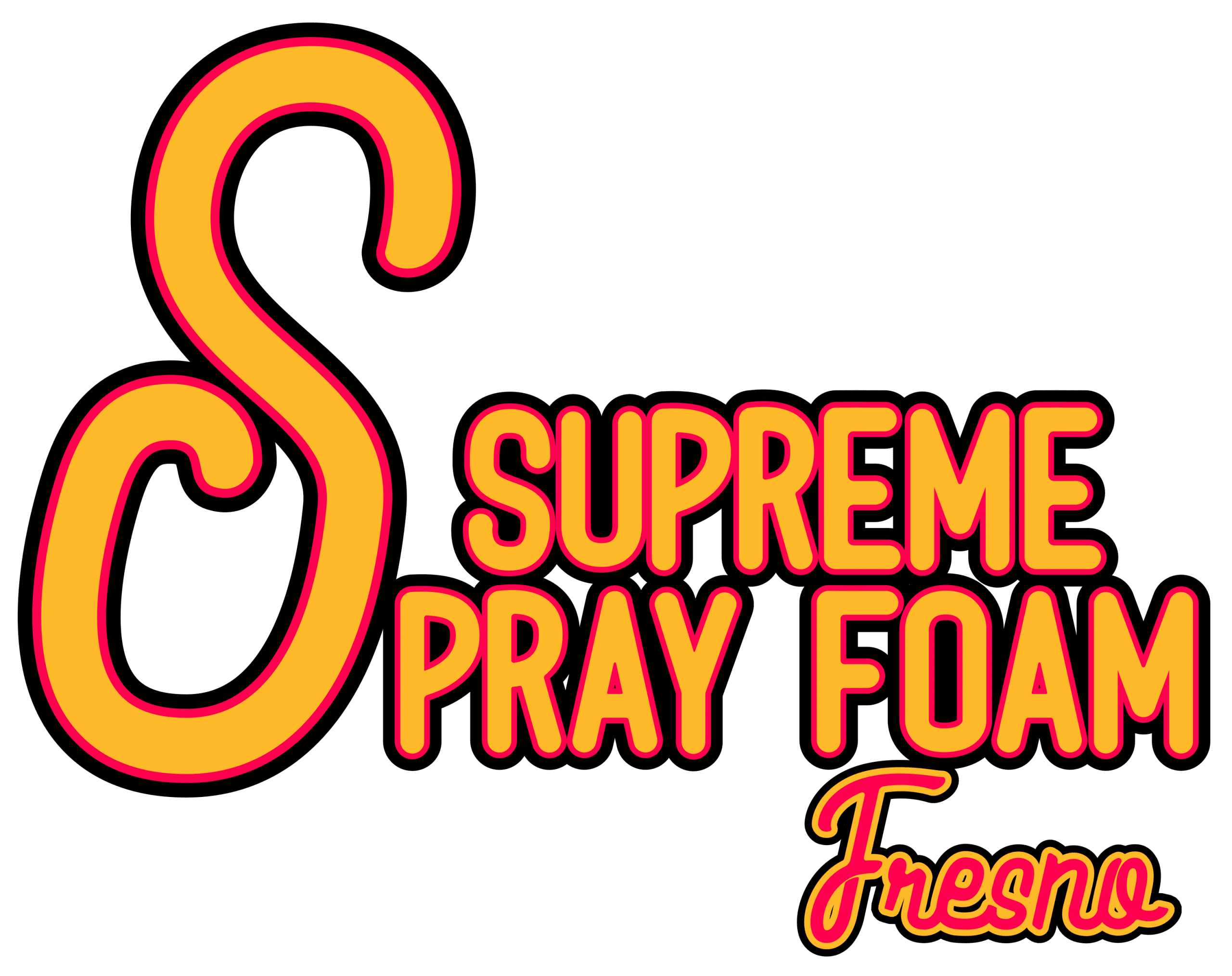Spray foam insulation is widely recognized for its energy efficiency and sealing capabilities. However, like any construction material, it has drawbacks that homeowners and contractors should consider. While it enhances thermal performance and prevents air leaks, spray foam has environmental, health, and financial concerns. This article explores the disadvantages of spray foam insulation, ensuring an informed decision before installation.
The Downsides of Spray Foam Insulation
1. High Initial Cost
Spray foam insulation comes at a higher cost compared to traditional materials like fiberglass or cellulose. The upfront cost includes specialized equipment, professional installation, and the foam itself, making it two to three times more expensive than other options.
Cost Breakdown Comparison
| Insulation Type | Average Cost per Sq. Ft. |
| Fiberglass | $0.40 – $1.50 |
| Cellulose | $0.50 – $2.00 |
| Spray Foam | $1.50 – $5.00 |
2. Health and Safety Concerns
Spray foam contains chemicals that can pose health risks during and after installation. The two primary components, isocyanates, and polyol resin, release volatile organic compounds (VOCs) that can cause respiratory issues, skin irritation, and eye discomfort.
Health Risks Associated with Spray Foam
- Short-Term Risks: Headaches, dizziness, skin rashes, and breathing difficulties due to off-gassing.
- Long-Term Risks: Prolonged exposure to VOCs can lead to respiratory problems and allergic reactions.
- Cure Time: It takes 24–72 hours for spray foam to fully cure and off-gas, requiring occupants to vacate during this period.
3. Difficult Installation Process
Unlike other insulation types, spray foam requires professional expertise to install correctly. Improper application can lead to gaps, poor adhesion, or overspraying, compromising insulation effectiveness and potentially causing damage to the building structure.
Installation Challenges:
- Precision Required: Over-application can cause excessive expansion, distorting walls.
- Temperature Sensitivity: Improper conditions during installation can result in poor adhesion.
- Specialized Equipment: Requires industrial sprayers, making DIY installation impractical.
4. Potential for Off-Gassing and Odors
Even after curing, some spray foams emit odors due to the breakdown of chemical components. Poorly mixed or improperly installed foam can continue to off-gas, affecting indoor air quality for weeks or even months.
5. Environmental Impact
Spray foam insulation is not the most environmentally friendly option. Many formulations contain hydrofluorocarbons (HFCs), which contribute to global warming.
Environmental Concerns:
- Non-Biodegradable: Spray foam does not break down naturally.
- High Carbon Footprint: The production process involves significant energy consumption.
- Recycling Limitations: Difficult to remove and recycle compared to fiberglass or cellulose.
6. Structural and Moisture Issues
Although spray foam is known for its sealing properties, it can create unexpected structural and moisture problems when not properly applied.
Potential Issues:
- Traps Moisture: Closed-cell foam is water-resistant, but if applied over wet surfaces, it can trap moisture, leading to rot or mold growth.
- Difficult to Detect Leaks: Once installed, it can obscure roof leaks, making repairs more challenging.
- Expansion Pressure: Over-expansion can put pressure on walls and framing, potentially causing structural issues.
7. Not Ideal for Older Homes
Older homes with existing insulation systems may not be suitable for spray foam retrofitting. The material’s ability to seal tightly can cause unintended ventilation issues, potentially leading to trapped humidity and poor indoor air quality.
8. Flammability Concerns
Spray foam is classified as combustible, meaning it can catch fire under high temperatures. While fire retardants are added, they still require an additional thermal barrier, such as drywall, to meet building codes.
9. Removal Difficulty
Unlike other insulation materials, spray foam is challenging to remove. If mistakes occur during installation, correcting them can be costly and labor-intensive. Removal typically requires scraping, cutting, or even replacing affected sections of walls or roofs.
Conclusion
While spray foam insulation offers excellent energy efficiency and air-sealing benefits, it also presents several disadvantages, including high costs, health risks, environmental concerns, and installation challenges. Homeowners in Fresno, California, should carefully weigh these factors before choosing spray foam insulation. Consulting with professionals minimizes potential risks, leading to a more informed decision.
Contact Us
For expert guidance on spray foam insulation, including alternatives and best practices, contact Supreme Spray Foam- Fresno, CA, today. Their experienced team can help assess your insulation needs and provide the best solutions for your home or business.
Frequently Asked Questions
Is spray foam insulation safe for homes?
Yes, but only when properly installed and fully cured. Improper installation can lead to lingering chemical odors and health risks.
Can spray foam insulation be removed?
Yes, but it is a complex and labor-intensive process requiring scraping or cutting out the material.
Does spray foam insulation contribute to mold growth?
It can, if applied over damp surfaces. Proper surface preparation is crucial to preventing moisture issues.
How long does spray foam insulation last?
When installed correctly, it can last 20–30 years, but environmental factors can affect longevity.
Is spray foam better than fiberglass insulation?
It depends on the application. Spray foam offers superior air sealing but is more expensive and difficult to install.
Why does spray foam insulation smell?
Chemical off-gassing during the curing process can cause odors, which typically dissipate within a few days.
Can I install spray foam insulation myself?
DIY installation is not recommended due to the complexity and specialized equipment required.
Does spray foam insulation crack over time?
Yes, it can develop cracks if improperly applied or exposed to extreme temperature changes.
Is spray foam insulation fire-resistant?
No, it is combustible and requires a thermal barrier like drywall for fire safety.
What are the alternatives to spray foam insulation?
Alternatives include fiberglass, cellulose, mineral wool, and rigid foam board, each with its own pros and cons.


